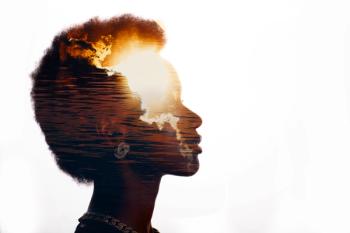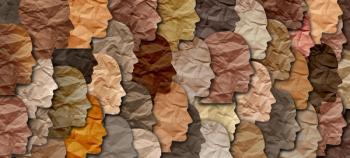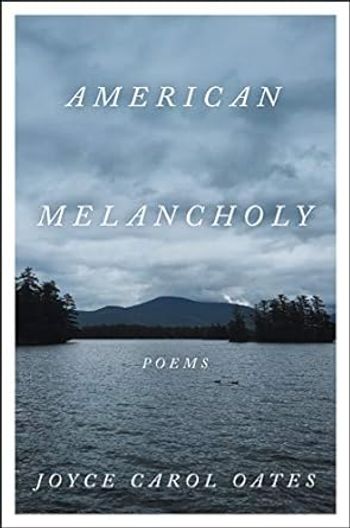
A Trip Through the History of Psychiatry
The first in a series of videos on the history of psychiatry that explore the roots of modern psychiatry in ancient cultures is now available on youtube. Members of the Committee on Arts and Humanities from the GAP invite you to tune in.
Organized psychiatry began in Philadelphia in 1844, when 13 asylum superintendents assembled to form a guild that is now the American Psychiatric Association. They published their proceedings in the American Journal of Insanity. While the name may sound quaint and politically incorrect, it is remarkable that the issues they discussed are virtually the same as those being discussed by psychiatrists today: the classification of mental disorders, asylum care, international approaches to mental illness, prevention of harm, and somatic therapies.
Psychiatry constantly reinvents itself, though it may not be always apparent. In our everyday world of scheduling evaluations, wrangling with insurers, documenting progress, and, of course, being compassionate healers, it’s easy to lose sight of the longer arc of psychiatry over the years. The Committee on Arts and Humanities at the Group for the Advancement of Psychiatry (GAP) has set out to fill a void in psychiatric education by publishing a series of videos on the history of the profession.
The Committee embarked upon a whirlwind tour of psychiatry, from ancient times through the present. In the process, Committee members made some eye-opening discoveries about health and illness over time and across cultures and continents. It was amazing to see that cultures around the world struggled with the same issues psychiatrists do today: understanding mental suffering and behavioral differences through the filter of shared beliefs and practices, and applying remedies in accordance with those beliefs.
It was fascinating to review the roots of psychiatry in ancient cultures, since they are still practiced today: the Ayurvedic medicine of India, Chinese focus on the flow of energy (qi), and the Greek theory of the humors of the body (imbalanced blood elements are still called dyscrasias [bad mixtures]). An American example is the idea that mental disturbances are associated with inflammation. This led Benjamin Rush and others, in late 18th century, to try to reduce the heat by bleeding the patient-many times with fatal consequences. Yet current psychiatric research has circled back to inflammation in association with mental illnesses. Perhaps this time psychiatry may get it right.
The video project promoted a growing appreciation of the need to be nonjudgmental about practices of ancient peoples that seemed quaint, unevolved, or based on non-monotheistic spiritual beliefs. The active ingredients of mental health diagnosis and treatment seem to apply in all cultures. They include identification of behaviors or mood states regarded as out of balance (with self, family, culture, general health, shared values, or spiritual domains), the presence of a leader (shaman, priest, or identified medicine-person), and a set of rituals known within the culture to restore balance (somatic interventions, trance states, sleep, special words by the healer, or temple services).
That’s not to say we need to take specific practices without a grain of salt. Yet, if we use Hippocrates’ humoral theory (black bile, yellow bile, phlegm, and blood) as an analogy, how much different is this scheme from psychiatry’s current focus on neurotransmitters? And while discussion of phrenology in the 1800s never fails to elicit snickers, it steered scientific thinking toward a system of diagnosis and treatment. The fact that its underlying principles were disproved does not lessen its impact on the development of modern psychiatry, which today pursues the Holy Grail of correlative neuroanatomy.
The Committee has completed the first installment of a planned series of 6 videos on the History of Psychiatry. Please visit
*The members of the Committee on Arts and Humanities at the
Newsletter
Receive trusted psychiatric news, expert analysis, and clinical insights — subscribe today to support your practice and your patients.













